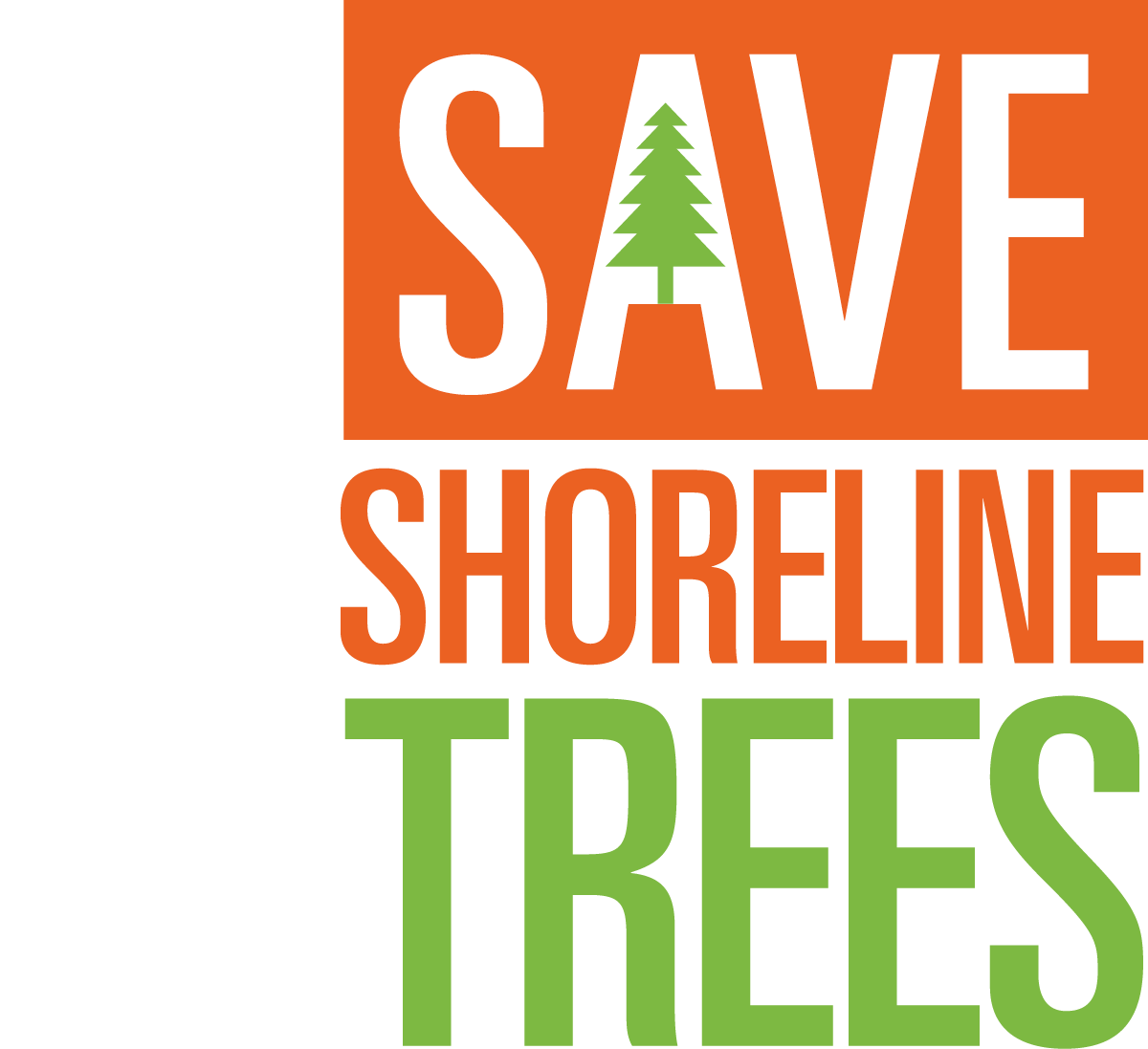Western Redcedar Dieback
by Melody Fosmore
Several members of Save Shoreline Trees attended a webinar on August 24, 2021, to learn about Forest Health Watch and the current dieback of the western redcedar. This webinar, led by Joey Hulbert, was presented by Forterra in partnership with several Puget Sound organizations.
The western redcedar has deep cultural roots in the Pacific NW. Indigenous people used cedar bark for baskets, mats, medicines, and wood for their homes. Cedar was used in building Seattle; Ballard was known as Shingle Town; and, Tacoma had 8-10 mills running year-round.
Native to the Pacific NW, western redcedars are found from British Columbia to northern California and also in Idaho and Montana. Throughout all of these areas, dieback of redcedars is occurring. Two trees in Boeing Creek Park have been identified with this condition. Important to note at this time of year it is common to see redcedar trees shed their older needles. The tree may look sick but is healthy. Trees with dead tops or foliage that is thin and easy to see through is a marker of the die back.
Increases in dieback have been noted since 2015 when much of the region experienced a long and hot summer drought. Therefore, researchers suspect the dieback is linked to recent longer and hotter drought events, but more observations are needed to be certain and understand the effects of climate on more local scales.
This is disturbing news however we can be involved in working on a solution by gathering evidence. The first step is to identify how many existing trees in our area are being affected. Visit foresthealth.org and learn more about what is being done on a regional level. You can download an app, iNaturalist (iNaturalist.org), that allows you to photograph the tree and submit for the field team to verify. As a “community scientist” your efforts will contribute to the knowledge base that is critical to develop – why is this happening? Researchers are trying to figure out why these trees are vulnerable and how to help redcedar trees survive in our warmer climate.
More than 1000 trees have been assessed throughout the region, but only a few observations have been shared from the Shoreline area. Researchers need more community scientists in Shoreline to have a better understanding of the conditions and variation of the western redcedar trees in the area. For more information you are welcome to email Joey Hulbert at hulbe@wsu.edu.
If you are lucky to have a western redcedar in your yard, please water – they will thank you!


